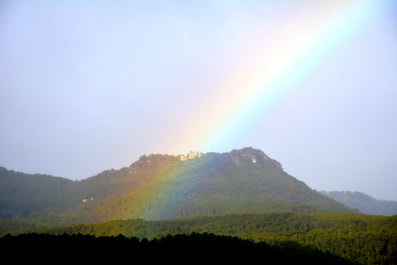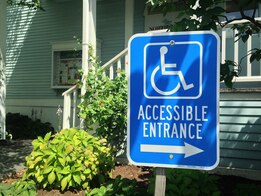Social Justice Standards
Click on the Social Justice Standards title for the 48 page PDF of the Teaching Tolerance Social Justice Standards.
|
Big Questions
What is Social Justice; what does it look like? Who is supposed to work towards it? Why does it matter? |
Goals:
|
THERE ARE FOUR MAIN CATEGORIES 1. IDENTITY – 2. DIVERSITY – 3. JUSTICE - 4. ACTION
- Read the ANTI-BIAS SCENARIO for each of the four topics.
- IDENTITY (1-5) – DIVERSITY (6-10) – JUSTICE (11-15)- ACTION(16-18)
- Read the Grade Level Outcome, for each of the four categories.
- Assignment 1: Create an anti-bias scenario (as a challenge) and discuss how you would resolve the situation.
- Assignment 2: Create a PSA for the Social Justice Standard Category you have discussed.
1. IDENTITY - FOR EACH OF THE ASSIGNMENTS IN THE SOCIAL JUSTICE UNIT ASK YOURSELF:
- How do I identify myself here and how impactful is my self-identity?
- Also apply these questions to the other Social Justice Categories: Diversity - Justice - Action
SJ Standard: IDENTITY (1 - 5) Code: ID.9-12.(1-5)
1. IDENTITY - For the Social Justice Topic of Identity (1 – 5) Who Am I?
Family - Education / Job - Culturally - Genealogy - Socially (friends, hobbies) - Spiritually
- Write down all of the different groups where you find a sense of your identity.
- You can bring images or drawings to create a collage from photos in magazines or online photos.
- You can create a video or audio recording, a poem, short story or song.
Family - Education / Job - Culturally - Genealogy - Socially (friends, hobbies) - Spiritually
|
Anti-bias Scenario
As part of a class project, Rebecca completes the following personal mission statement: “I am more than one identity. I will celebrate all of my in-group and out-group identities and work to understand how they overlap to make up who I am as an individual. I will not allow others to put me into boxes.”
Rebecca explains to her peers in small- group discussion that being a student, sister, female, Latina, Spanish speaker and
dancer are all interconnected and equally important. She displays her personal mission statement on the outside of her class binder. |
Grade Level Outcome
|
SJ Standard: DIVERSITY 6 - 10 Code: ID.9-12.(6-10)
2. DIVERSITY - For each of the assignments in the social justice unit, ask yourself:
- How do I look at and relate to other groups or people (or) do I relate to other groups different from myself?
- Am I welcoming, am I just casual and kind, or do I take an active interest in people who belong to other social groups?
|
Anti-bias Scenario
|
Grade Level Outcome
|
SJ Standards: JUSTICE 11- 15 Code: ID.9-12.(11-15)
3. JUSTICE - For each of the assignments in the social justice unit, ask yourself:
- How often do I identify unfair situations?
- Do I only notice unfairness when things impact me or people I care about (or)
- Am I concerned when unfair things happen to people outside of my identity group?
|
Anti-bias Scenario
Karen notices that many of her school’s facilities are not friendly to those with disabilities. Many students have difficulty navigating the school and are often late to class as a result.
Karen decides to look into building plans to determine if any accommodations are present for those in the community with physical limitations.
She forms a focus group of students and faculty to come up with effective solutions to the situation. |
Grade Level Outcome
|
SJ Standard: Action (16- 20) Code: ID.9-12.(16-20)
4. ACTION - For each of the assignments in the social justice unit, ask yourself:
- When was the last time that I was so impacted by an unfair or unkind situation that I took immediate action to remedy the situation?
- Who did I talk with about the problem?
- How often do I think: Either I am part of the problem or part of the solution?
- I want to learn more, so that I can get involved more often to help those who need extra help.
|
Anti-bias Scenario
|
Grade Level Outcome |
|
1. Lee has grown weary of the bullying he sees at his school each day.
2. He discusses his concerns with classmates, teachers and administrators to develop a plan to combat the situation. 3. Together, they plan Mix It Up at Lunch Day to promote a greater sense of cohesion among the diverse student body.
The day is used to celebrate the launch of a new diversity club, aimed at bringing diverse students together and combating baseless animosity through ongoing intergroup activities. |
|




